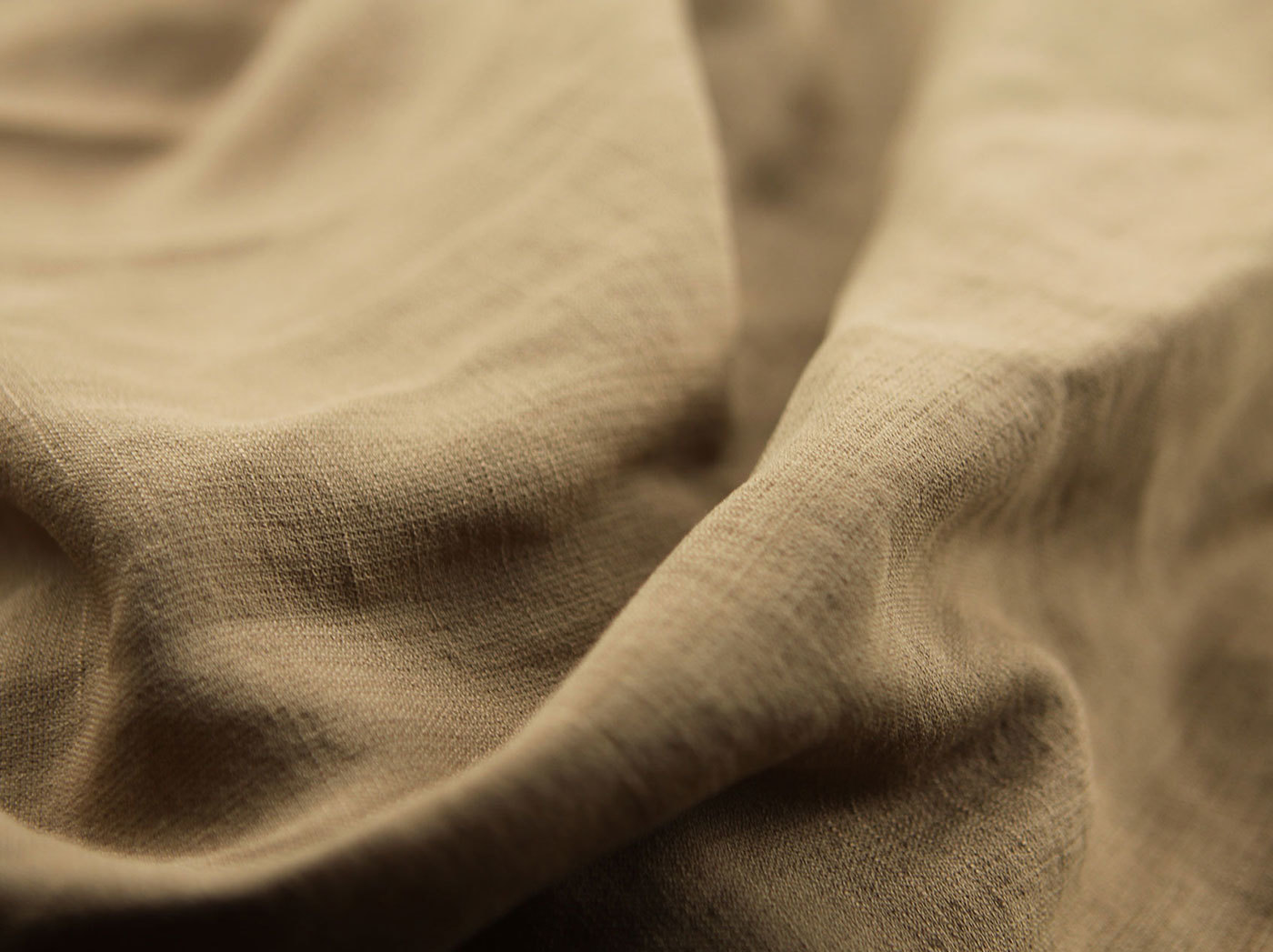The difference between Leris and other products
Identification with alternately twisted silk Lelis is made of a low-elasticity silk thread with irregular drafting and a common low-elasticity silk thread through a network; The alternate twist is usually that two threads are drawn irregularly, and then the threads are subjected to false twist deformation processing on a 33H false twister. Because the segments of the threads have unoriented and oriented molecular segments of POY silk, some molecules The chain segments have twist, some have no twist, and some are added with a certain twist, and the silk has a structure of alternating ZS.
Identification with alternately twisted silk
Lelis is made of a low-elasticity silk thread with irregular drafting and a common low-elasticity silk thread through a network;
The alternate twist is usually that two threads are drawn irregularly, and then the threads are subjected to false twist deformation processing on a 33H false twister. Because the segments of the threads have unoriented and oriented molecular segments of POY silk, some molecules The chain segments have twist, some have no twist, and some are added with a certain twist, and the silk has a structure of alternating ZS.
So the two can be distinguished very well.

Identification with white silk
According to their silk thread production principles, there are white knots, black knots, and black and white knots in both types of silk threads, but there are more black knots than white knots in Leris silk threads, and more white knots than black knots in white silk threads. You can tell the difference by looking at the proportions of black and white knots in the canvas.
Identification with Dragon Dance
Because the cloth has a slub effect, we only need to see whether the network points of the silk thread are uniform and have disconnected segments. If the network points are uniform and there are no disconnected segments, then this thread must be Leris;
If the network points are uneven and there are disconnected segments, then this wire must be a dragon dance.
Identification with Cailis
The Cailis is made of a low-elasticity wire with irregular drafting and a cationic low-elasticity wire through a network;
Therefore, the difference between the two only depends on whether the silk thread has two hues of color. The thread with two hues is Cailis, and the thread with only one hue is Leris.
Previous page
previous page
Related information




